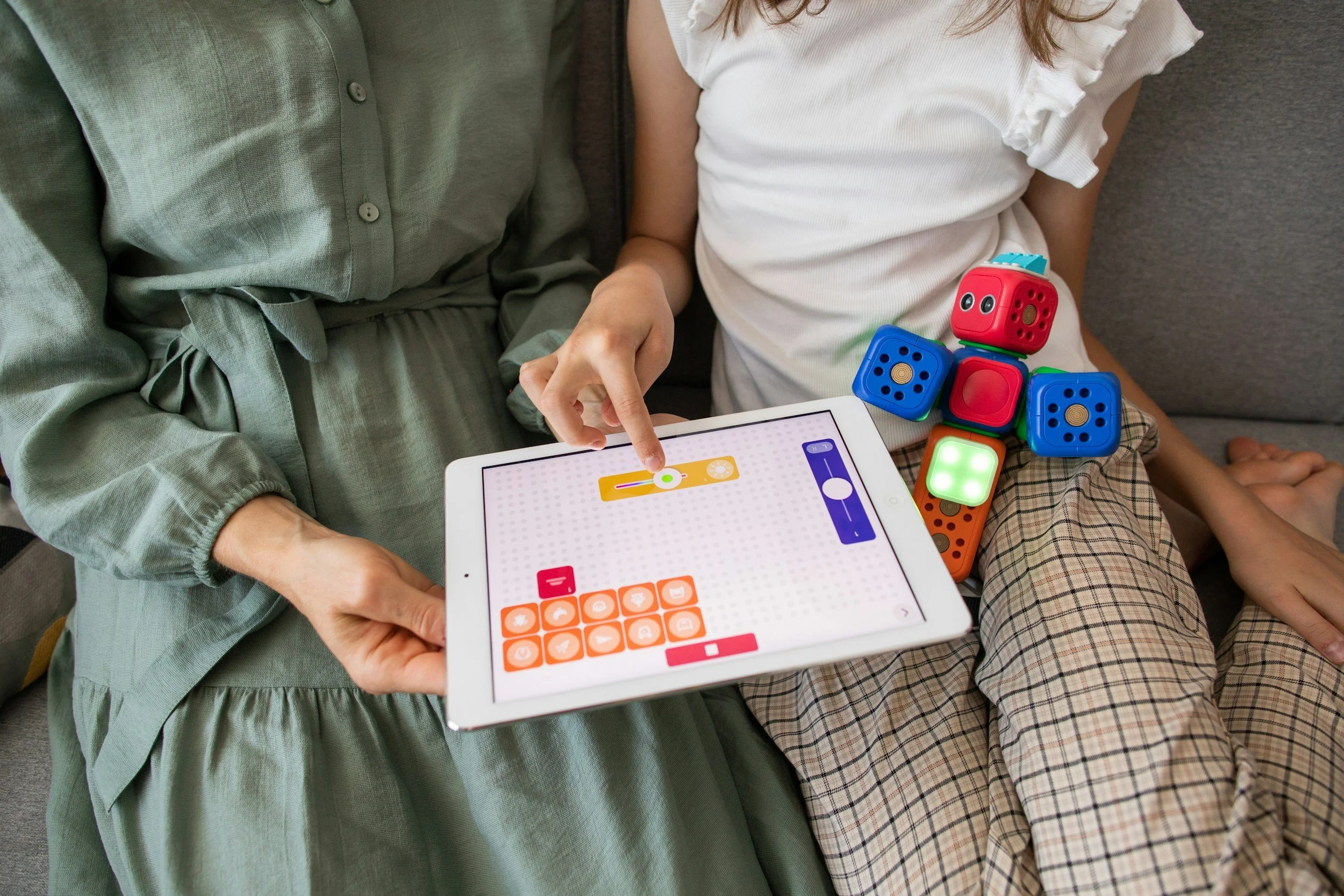Explaining Autism to Kids: Gentle Ways to Build Understanding and Acceptance
When children encounter autism in their family, classroom, or community, they often have questions. Helping them understand autism early encourages empathy, patience, and inclusion. If you’re a parent, sibling, or educator, you might wonder how to explain autism to kids in a way that feels natural and age-appropriate. It's crucial to create a safe space for curiosity where children can ask questions, and where answers are honest, yet simple.
Why It’s Important for Kids to Understand Autism
Children can be particularly sensitive to differences in communication and behavior. If a sibling or classmate has autism, they might notice that person interacts differently. Understanding these differences can help prevent confusion and frustration.
Siblings: For kids with an autistic sibling, understanding early on why their brother or sister behaves differently helps reduce feelings of resentment or jealousy. When children are taught that differences are okay, they’re more likely to grow up with an open heart and open mind.
Classmates: When children understand autism, they’re more likely to show kindness and acceptance, especially in a school setting. This creates a welcoming environment, where no one feels isolated due to differences.
Self-awareness: For kids who are on the spectrum themselves, having the vocabulary to describe their experiences can lead to better self-advocacy. Feeling understood is empowering at any age, especially in a world that can sometimes be overwhelming.
Age-Appropriate Ways to Explain Autism
Every child is different, but here are a few suggestions that can be adapted for various age groups:
Simple Examples: For younger children, use metaphors they can relate to. For example: “Imagine a computer that’s built differently. It works just like all the other computers, but it has different buttons and screens. That’s like how some brains work.” This allows children to understand that a different way of thinking is not wrong—it’s simply another way of being.
Stories and Books: Reading together is a powerful tool. There are plenty of children’s books that feature autistic characters, such as “My Brother Charlie” or “The Curious Incident of the Dog in the Night-Time” (a slightly older option). These stories allow children to empathize with characters who may share similar experiences.
Visuals and Social Stories: Use visual aids, like diagrams or pictures, to explain how someone with autism might react differently in social situations or express emotions. For example, showing a picture of a sensory overload, such as a crowded room or loud noises, helps children understand why their friend may need to step away or wear noise-canceling headphones.
Encouraging Empathy and Inclusion
Teaching empathy can sometimes feel like teaching a skill—especially if kids haven’t been exposed to different experiences. Encourage understanding by:
Highlighting the strengths of those with autism: Focus on the things autistic children excel at, such as math, art, music, or creativity. This shows children that being different isn’t just about challenges but also about unique strengths.
Modeling inclusive language: Teach kids to say things like “different” or “unique” instead of “weird” or “strange.” In fact, correcting negative language and promoting kindness and inclusion can have a huge impact on creating a safe environment for everyone.
Encouraging patience: Sometimes, understanding someone’s needs means allowing them to take time before responding, or giving space for sensory breaks. Children can learn how to be patient and supportive, whether at home or in school.
How Therapists Support Kids in Understanding Autism
Children may not always have the words to express what they are feeling, which is why having a professional involved can make a big difference. A therapist for autism helps kids build social and communication skills, guiding them in interactions with peers, teachers, and family members.
An autism spectrum therapist is skilled at creating a therapeutic environment where children feel safe to express themselves. Therapy can involve play, art, or role-playing, helping kids practice real-world scenarios and gain confidence. For example, role-playing a scenario where a child with autism needs help making friends at school can equip them with the tools they need to navigate social situations.
By addressing communication differences and encouraging emotional expression, a therapist can guide children to be more aware of others’ feelings and be better equipped to foster empathy in their own interactions.
Ready to Start?
Understanding autism is an ongoing process that takes time, but with patience and compassion, it’s possible to raise children who are more accepting and inclusive. For support in guiding your child through these conversations, consider online autism therapy.

